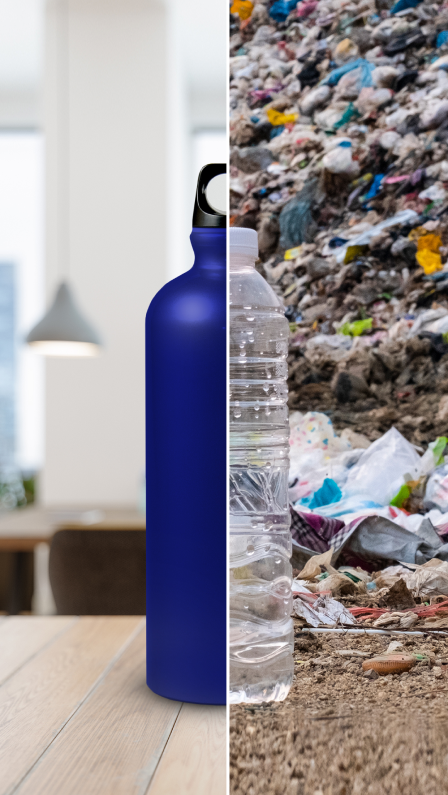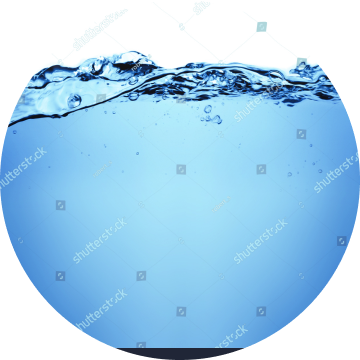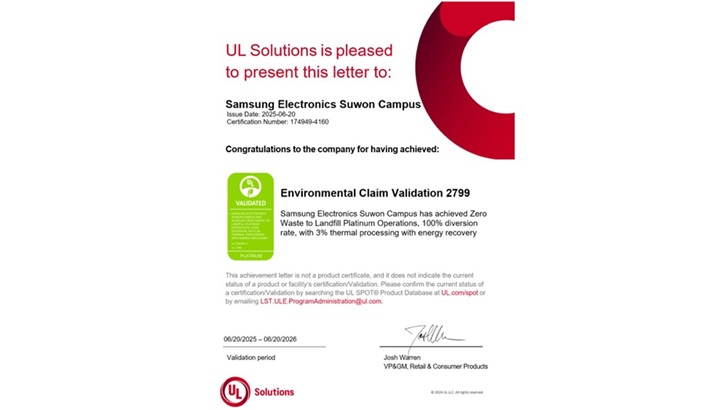Managing On-site Waste
More recycling, less landfilling
Zero Waste to Landfill roadmap


Recycling: Rethinking
waste as a resource
We continue to advance the circular economy by discovering added value in waste and developing recycling technologies. Through this, up to 98% waste recycling rate was achieved in 2024.
We also ensure safe and responsible management of waste. At DS Division, we identify the characteristics of each type of waste, carefully select reliable partners and support their capacity building. Since 2021, we have taken our efforts further by working with professional consultants to regularly review and assess our waste management partners. These comprehensive evaluations cover multiple areas, from current waste treatment practices to regulatory compliance. We also offer advisory services to share best practices and help our partners enhance their expertise. As a result, the evaluation scores* of the waste treatment suppliers have shown continuous improvement.
- * In 2024, a comprehensive internal assessment was conducted for 135 waste treatment companies in South Korea, with efforts made to strengthen partnerships and on-site management capabilities for those identified as requiring improvement


Platinum Grade1)
- DX Division
- South KoreaSuwon, Gwangju
- OverseasSlovakia, China, India (Chennai, Noida), Brazil (Campinas, Manaus), Poland, Egypt, Vietnam (Hanoi (2)), Mexico (Tijuana, Querétaro), Indonesia, Thailand, United States, Türkiye
- DS Division2)
- South KoreaGiheung, Hwaseong, Pyeongtaek, Onyang, Cheonan, SAIT
- OverseasChina (Xi'an, Suzhou, Tianjin),
United States
Gold Grade1)
- DX Division
- South KoreaGumi
- OverseasVietnam (Ho Chi Minh City), Hungary, Malaysia
- Based on validation status as of end of 2024
- UL Solutions conducted an integrated validation applicable to all 10 sites in DS Division, including Samsung Advanced Institute of Technology
- Recognition of
Circular ResourcesLearn more - In-House Waste
Management
SystemLearn more - Raw Material Efficiency
ImprovementLearn more
Reducing Water
Use and Air
Pollution
Efforts to preserve the natural environment
Water resources and air
pollution management roadmap


Restore water and air to their natural state
Production processes require water. They also can pollute the atmosphere. We need to work on two fronts: one, saving water, and two, developing technologies to reduce air and water pollutants.
We are reducing the amount of new water withdrawal by maximizing the reuse of water in production processes. Due to the expansion of semiconductor lines, the daily water withdrawal requirement at semiconductor business sites will more than double between 2022 and 2030. However, by increasing water reuse, we plan to reduce our water withdrawal down to 2021 levels.
Starting in 2040, we plan to apply innovative technologies that treat air and water pollutants from the semiconductor manufacturing process to natural state levels*, to minimize the impact on the environment.
- * Treating effluent to the level of upper stream water and emissions to clean air quality meeting the national standards
water reusage Unit: 1,000 tonnes
Bar chart showing annual figures from 2021 to 2024 / 2021: 93,949 / 2022: 116,590 / 2023: 122,891 / 2024: 125,463 as displayed.
Reduce and reuse
Water Usage Reduction and Reuse Efforts

-

Addressing the cause
of pollutants through
resource management -

Proactively identifying
and responding to
water risks by region -

Efficiently managing
water resources -

Collaborating for
sustainable water
resources -

Engaging with local
community -

Replenishing water back
to communities


Protecting air and water
for a cleaner, healthier future
Air and water pollution management
Managing
Chemicals
We don’t stop at ‘good enough’,
because we care about our
customers and employees’ health
and their environments.


Reducing the use of
substances of concern
for the health of our
customers and
employees
We strive to minimize any potential adverse effects on the health of our customers, employees, or to the environment that may arise from products containing substances of concern or chemicals used at our manufacturing sites. We have established and stringently manage internal regulations that incorporate global environmental standards such as the EU Directive on the RoHS (Restriction of Hazardous Substances) and EU REACH (Registration, Evaluation, Authorisation and Restriction of Chemicals), halogen-free requirements, and the U.S. TSCA (Toxic Substances Control Act). We will continue to monitor and systematically respond to new regulatory standards, such as authorized uses of PFAS (Per- and Polyfluoroalkyl Substances).
- Managing substances of
concern
through
pre-verification and
managementSubstances of concern management in products - Keeping Samsung
Electronics
and partner
companies safeRegulated substances in manufacturing processes
- Ensuring safer processes
from
pre-evaluation to
disposalChemical management processes - Stressing safety
throughout
operationsBusiness site chemical management



























